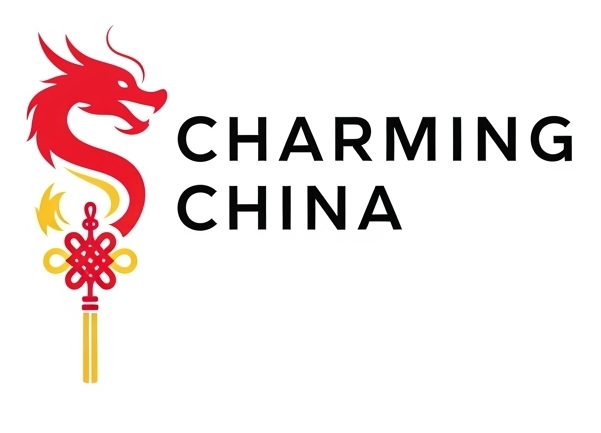TCM Diagnosis Principles
Traditional Chinese Medicine (TCM) diagnosis is a holistic and observational art that seeks to understand the root causes of imbalance in the body. Rather than focusing solely on symptoms, TCM practitioners interpret subtle signs—physical, emotional, and energetic—to form a comprehensive picture of a person’s health. In TCM, diagnosis is not about labeling disease—it’s about listening to the body’s story through its most subtle expressions.
1. The Four Diagnostic Methods
TCM relies on four classical techniques known as the “Four Examinations” (四诊合参), which work together to reveal internal disharmony:
- Looking (望): Visual observation of the tongue, complexion, eyes, posture, and overall vitality
- Listening and Smelling (闻): Assessing voice tone, breathing sounds, and body odors
- Asking (问): Inquiring about sleep, appetite, digestion, emotional state, menstrual cycle, and other lifestyle factors
- Palpation (切): Feeling the pulse at different positions and depths, as well as abdominal palpation when needed
Each method offers a unique window into the body’s internal landscape, and together they form a complete diagnostic picture.
2. Tongue Diagnosis
The tongue is considered a mirror of the internal organs and a key diagnostic tool in TCM.
- Color: Indicates heat, cold, or blood deficiency
- Shape: Swollen, thin, cracked, or curled shapes reflect different imbalances
- Coating: Thickness, color, and moisture reveal digestive health and pathogenic factors
- Sublingual Veins: Visibility and color may suggest blood stasis or circulation issues
The tongue speaks without words—its color and texture reveal what the body cannot say aloud.
3. Pulse Diagnosis
Pulse reading is one of the most refined skills in TCM, requiring years of practice and sensitivity.
- Three Positions on Each Wrist: Cun, Guan, and Chi—each corresponding to different organs
- Depth and Strength: Floating, deep, weak, slippery, wiry, and other pulse types reflect various conditions
- 28 Classical Pulse Types: Each with specific meanings related to Qi, Blood, Yin, Yang, and pathogenic factors
The pulse is the rhythm of life—its subtle variations tell the story of the body’s internal balance.
4. Pattern Differentiation (辨证论治)
Rather than diagnosing diseases by name, TCM identifies patterns of imbalance based on symptoms, constitution, and environmental factors.
- Common Patterns: Qi deficiency, Blood stasis, Damp-heat, Yin deficiency, Liver Qi stagnation
- Treatment Strategy: Once the pattern is identified, herbs, acupuncture, and lifestyle changes are tailored to restore harmony
- Dynamic Diagnosis: Patterns may shift over time, requiring ongoing observation and adjustment
True healing begins when we treat the pattern, not just the symptom.
5. Holistic Interpretation
TCM diagnosis is not mechanical—it’s intuitive, contextual, and deeply personal. Practitioners consider the patient’s constitution, emotional state, lifestyle, and even seasonal influences when forming a diagnosis.
- Individualized Approach: No two people are treated the same, even with similar symptoms
- Mind-Body Connection: Emotional health is inseparable from physical health
- Preventive Insight: Early signs of imbalance can be detected before disease manifests
In TCM, diagnosis is a dialogue—not just between practitioner and patient, but between the body and its deeper wisdom.
TCM diagnosis is more than a clinical procedure—it’s an art form rooted in centuries of observation, intuition, and respect for the body’s natural rhythms. It invites practitioners to see beyond symptoms and into the deeper currents of imbalance, offering a path to healing that is both scientific and soulful.
